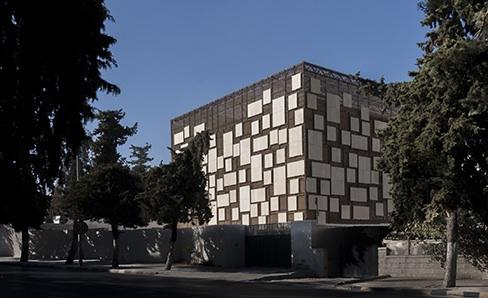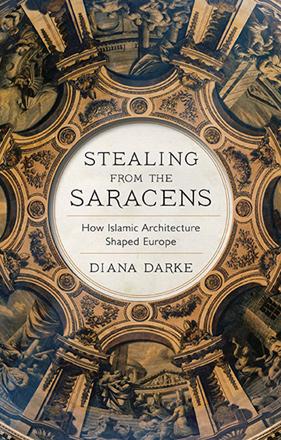You are here
Architect highlights link between Spanish, Arabic cultures
By Dana Al Emam - Nov 29,2014 - Last updated at Nov 29,2014
AMMAN — The Mosque of Cordoba is a standing example of Arab influence on architecture in Spain and a contribution to building Spanish civilisation, experts said on Saturday.
In a lecture on the architectural heritage common to both Jordan and Spain, Spanish Architect Gabriel Ruiz Cabrero noted that the architecture of the mosque clearly depicts the interconnectedness between Spanish and Arabic cultures in the designs of columns and arches.
He explained that this effect on Spanish architecture began when the Arabs first entered Spain in 711 AD, noting that arches of alternating red bricks and stones, which were built during the Roman era in Spain, are also seen in buildings in the Middle East, specifically in Syria.
“The Mosque of Cordoba remained the largest mosque in the world for a long time,” he said, adding that all mosques built in Spain by Arabs were influenced by the design of the Great Mosque of Damascus.
The Arabs were in Spain until 1492, with traces of Islamic civilisation and culture still evident in many cities.
Ruiz Cabrero, who supervised several renovation projects at the Mosque of Cordoba, highlighted the coexistence between Arabs and the Spanish as well as their “singularity of heritage”.
Higher Education Minister Amin Mahmoud said Arabs are proud to have left their stamp on Spanish civilisation, noting that most of the 61 million tourists who annually go to Spain to seek out sites that represent Arab influence on the country’s architecture.
“There are some 4,000 Spanish words that have been derived from Arabic roots,” he added, noting that Spanish civilisation acknowledges the historic era marked by Arab achievements.
He highlighted the role of Spanish archaeologists who helped Jordan with numerous excavations, including in Qusayr Amra, 85 kilometres northeast of Amman, calling for further cooperation between Jordanian and Spanish universities.
Speaking at the event, held on the occasion of the opening of the new premises of the Spanish embassy in Amman, Spanish Ambassador Santiago Ansorena said the embassy is the foundation of cooperation and cultural exchange between the two countries, describing the new building as an “important contribution to Amman’s architectural heritage”.
Ansorena said the embassy seeks to further boost educational cooperation with Jordan by providing a programme for archaeology students to study in Spain.
Related Articles
Culture Minister Lana Mamkegh on Sunday met with Spanish Ambassador to Jordan Santiago Cabanas Ansorena and discussed means to boost cultural cooperation.
AMMAN — “I feel it is a privilege to serve Spain in Jordan,” said Ambassador Santiago Cabanas Ansorena a few days before Spain’s observance
Stealing from the Saracens: How Islamic Architecture Shaped EuropeDiana DarkeLondon: Hurst and Co., 2020Pp.

















